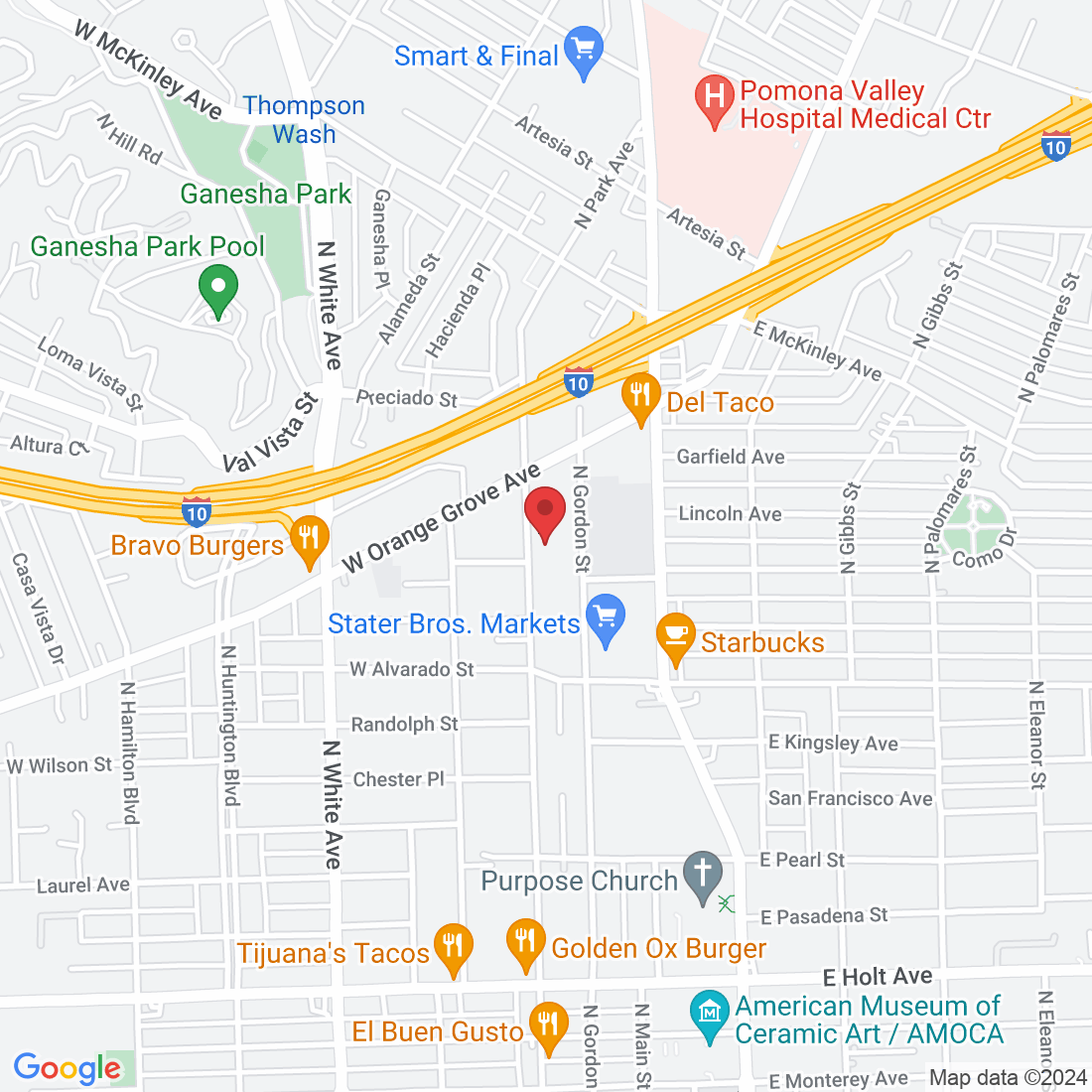
Running Shoes or Walking Shoes? How to Pick Footwear That Prevents Injury
Rows of brightly colored sneakers promise “energy return,” “cloud cushioning,” and “motion control,” but what really matters when you’re trying to protect your feet, knees, and back? At Pomona Valley Podiatry Group, we treat plenty of sore arches and aching joints that trace back to one thing: mismatched footwear. Whether you’re lacing up for a neighborhood jog or heading out for a daily stroll, choosing the right shoe can make all the difference in preventing overuse injuries.
Why Running and Walking Call for Different Shoes
Although running and walking look similar, the biomechanics are quite different. Walkers keep one foot on the ground at all times and smoothly roll from heel to toe with each step. Runners experience a brief “flight phase,” striking the ground with two to three times their body weight in force. Walkers therefore need shoes that bend easily at the forefoot and offer moderate cushioning. Runners, on the other hand, benefit from more shock absorption and stability features that limit excess rolling of the ankle (pronation or supination).
Key Features of a Good Walking Shoe
Forefoot Flexibility
Your shoe should bend where your toes naturally flex. A stiff forefoot can interrupt your stride and create pressure points under the ball of the foot.Low Heel‑to‑Toe Drop
A drop of about four to eight millimeters encourages a natural gait cycle. Excessive heel height can strain the calves and alter posture.Lightweight Cushioning
Walkers need enough padding to absorb everyday shock, but not so much that the shoe feels bulky. Too much foam can dull ground feel and lead to sloppy form.Roomy Toe Box
Because walkers spend more continuous time in their shoes, a wider forefoot prevents rubbing, blisters, and black toenails on longer outings.
Key Features of a Good Running Shoe
Impact‑Ready Cushioning
Look for foam technologies that match your mileage. High‑mileage runners often prefer softer midsoles to offset repetitive pounding.Appropriate Stability
Over‑pronators may benefit from medial posts or guide rails, while neutral runners can stick with standard cushioning. A gait analysis clarifies which category you fall into.Snug Midfoot Fit
A secure wrap keeps the foot from sliding forward on descents or lateral movements, reducing the risk of bruised toenails and blisters.Durable Outsole
Rubber compounds in high‑wear areas add longevity and consistent traction, especially for those logging miles outdoors.
How to Determine Your Foot Type
Before buying any shoe, identify your arch height and gait pattern. A quick wet‑foot test can help: step on a piece of cardboard with wet feet. A full imprint suggests low arches and a tendency to over‑pronate; a narrow imprint indicates high arches and possible supination; an even, moderate imprint points to a neutral gait. You can also examine the wear pattern on an old pair of sneakers. Heavy wear on the inside edge means pronation, on the outside edge means supination, and balanced wear suggests neutrality. Many running stores and podiatry clinics offer video gait analysis for a more detailed look.
Common Injury Pitfalls
Too Much Cushion for Walkers
Oversized midsoles can cause walkers to slap the ground rather than roll smoothly, leading to shin splints.Stiff Shoes for Runners
Limited flex forces the calf muscles to overwork, increasing the risk of Achilles tendinitis.Wrong Stability Level
Neutral runners in motion‑control shoes may develop IT‑band pain, while over‑pronators in minimal shoes often aggravate plantar fasciitis.
Tips for the Perfect Fit
Shop late in the day when your feet are slightly swollen—similar to how they’ll be during exercise.
Bring the socks and orthotics you plan to use.
Aim for about a thumb’s width between your longest toe and the front of the shoe.
Walk or jog on an incline if the store offers a ramp to spot heel slippage.
Replace walking shoes every 500–600 miles and running shoes every 300–500 miles, depending on body weight and terrain.
When to Seek Professional Advice
If you struggle with recurring shin splints, arch pain, or knee aches despite wearing quality shoes, schedule a foot evaluation. Custom orthotics, physical therapy, or a tweak in training volume may be necessary. At Pomona Valley Podiatry Group, we perform thorough gait assessments and provide footwear guidance tailored to your activity level and foot type.
Final Thoughts
Selecting the right walking or running shoe isn’t just about comfort—it’s an investment in injury prevention. Understand your gait, look for features that match your activity, and replace shoes before they’re worn flat. Your feet, ankles, knees, and hips will thank you on every mile ahead.
Ask And His Team
Fill in the form to request a Call From Our Team
One of our team will call you for FREE and answer any questions or concerns you may have about your uncomfortable foot condition





